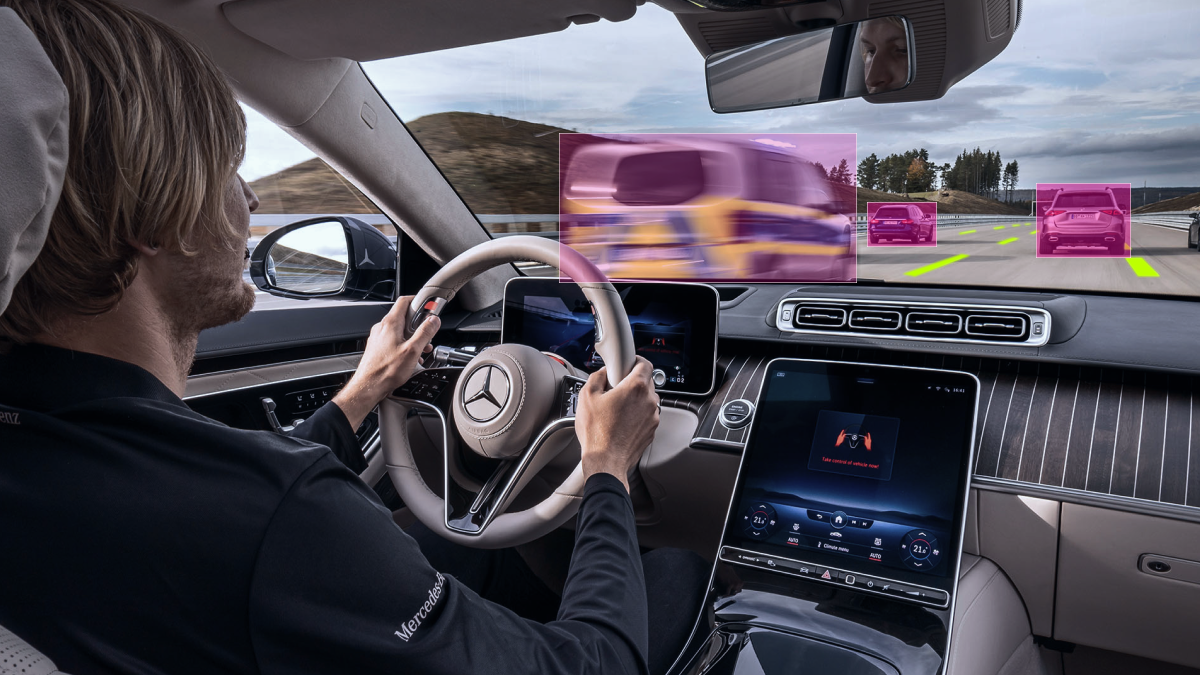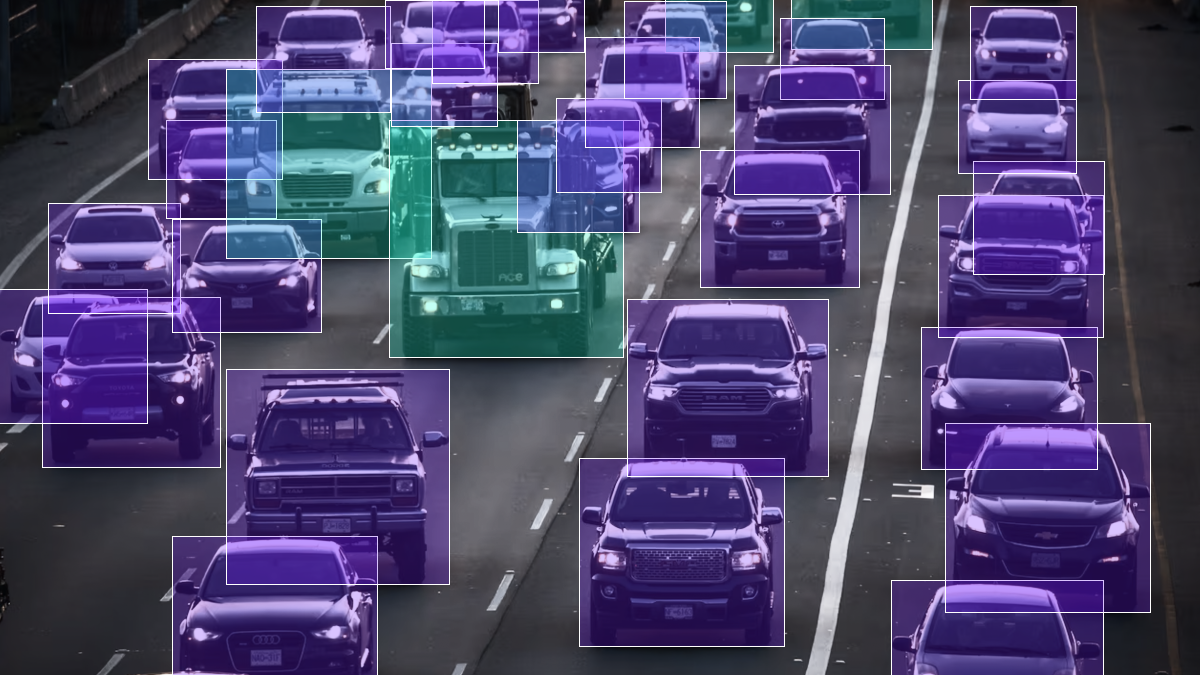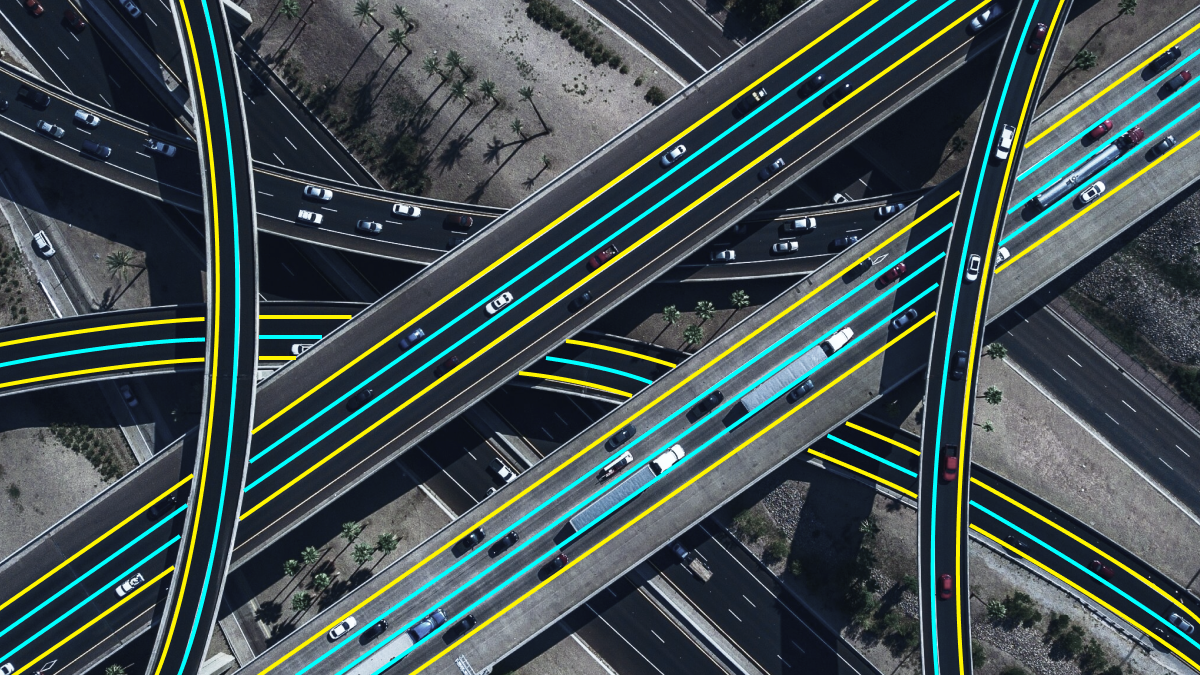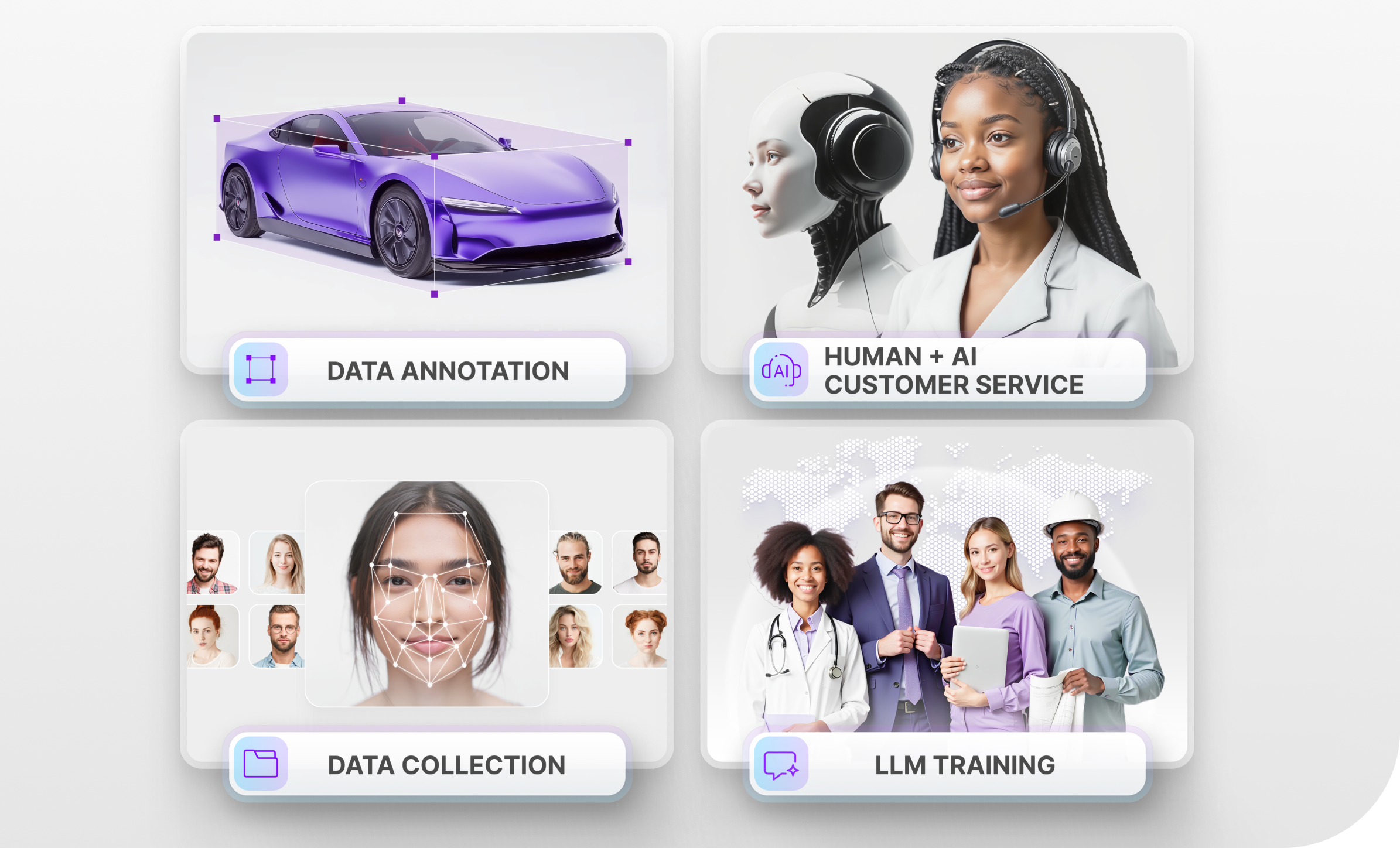Let AI Guide You Through Traffic Jams
If you hate driving through traffic, a new AI tool developed by Mercedes can help remove some of the stress from your commute. In fact, we can go a step further and use AI technology to ease congestion on the roads altogether. In this article, we will take a look at the AI tools that can help alleviate problems caused by traffic jams and the data annotation needed to create them.
Navigate Through Traffic With AI

A new system called Drive Pilot is designed to operate only when traffic is slower than 40 miles per hour. When activated, Drive Pilot assumes control of the accelerator, brakes, and steering while utilizing sensors to maintain your vehicle’s motion in stop-and-start traffic. Currently, you will not be able to use Drive Pilot for cross-country travel, as it is only currently approved for usage in California and Nevada in the United States. Additionally, you are unable to recline and sleep during your commute, thanks to the technology. If you recline too much, the system will shut off. Additionally, the car’s cameras and sensors make sure your eyes stay focused on the road. The system will stop working if you begin to search under the rear seat for anything.
However, the cost of Drive Pilot may be the largest barrier to its general use. Mercedes claims that the technology costs $2,500 for the first year of use, but it has not yet disclosed the price for additional years. Additionally, it is now limited to Mercedes’ two priciest sedans, the electric EQS and the gas-powered S-class. The S-class has a starting sticker price of $114,500. The EQS sedan also costs more than $100,000.
Alleviating “Phantom Traffic Jams”

Phantom traffic jams occur when one person taps the brakes for whatever reason. It takes a moment for the person behind to react, and they have to stop even more forcefully. Further braking is required of the subsequent person. The brakes keep coming until numerous vehicles come to a stop. When the traffic starts to clear, the vehicles accelerate too soon, which results in more braking and traffic congestion.
However, in a significant traffic experiment that took place last year outside of Nashville, researchers investigated if adding a few AI-equipped cars on the road could help ease these “phantom” traffic delays and lower fuel usage for all drivers. Their efforts proved to be successful. One of the biggest traffic tests ever carried out by academics involved the deployment of 100 Nissan Rogue, Toyota RAV4, and Cadillac XT5 vehicles on a congested section of Nashville’s I-24 during the morning rush hour over the course of five days. Every car had an AI-powered cruise control system installed, which allowed it to automatically modify its speed in order to enhance traffic flow overall. In other words, every car became its own “robot traffic manager.”
The new AI technology goes a step beyond the adaptive cruise control systems that are already on the market. The system not only adapts the vehicle’s speed to local conditions, but it also takes traffic data into account and modifies the speed to facilitate a smoother flow of traffic overall.
What Types of Data Annotation are Needed to Create These Technologies?

To train these technologies to accurately identify objects and navigate the physical world, a wide variety of data annotation methods will be needed. This includes polyline annotation, which is the display and identification of lanes, including lanes designated for bicycles, directions for lanes, lanes that diverge, and lanes for incoming vehicles. For polylines to be properly deployed and labeled, large data sets are needed. For autonomous driving, polylines are essential for lane detection. Guidance and obstacle avoidance are made possible by precise and reliable modeling. Additionally, by recognizing signs and road markings, models can be further trained to better obey applicable traffic regulations.
In addition to this, semantic segmentation will also be needed, which is a method that separates images into distinct components and labels each one according to its pixel count using a computer’s optical input. This procedure is essential for distinguishing between various object kinds so that a system can decide what to do. Semantic segmentation, for instance, enables a system to recognize individuals in a crosswalk. It might not be known how many, but the fact that people are crossing the line is significant enough to affect how decisions are made.
Rely on Mindy Support for All Your Data Annotation Requirements
Mindy Support is a global provider of data annotation services and is trusted by Fortune 500 and GAFAM companies. With more than ten years of experience under our belt and offices and representatives in Cyprus, Poland, Romania, The Netherlands, India, OAE, and Ukraine, Mindy Support’s team now stands strong with 2000+ professionals helping companies with their most advanced data annotation challenges.





